What is Psychological Repair?
Roots and Truth
June 26, 2024
An Intro to the Term “Trauma”
Most people would view “trauma” as an event such as experiencing an earthquake and seeing the damaging effects of the aftermath, or being exposed to sexuality to young or without consent. Something big! But in my experience, the majority of my trauma that has contributed to my chronic pain, has not been BIG.
It was actually hard for me to name where my psychological trauma came from when I first experienced symptoms of extreme overwhelm, to the point where I had to run to my room, hide in my walk in closet and hold myself until the internal shaking, inside of my body, subsided. (These symptoms began in my mid 30’s.)
My traumatic past mostly comes from neglect.
And if I could explain in other way, layers of my childhood pain come from no one reopening the door when I was in trouble or feeling emotional pain.
(This is literal—I don’t remember anyone ever opening the door to my room. I had been sent there, because I was yelling. My room was a place to “chill out”.)
There is also a metaphorical opening the door.
Let me explain. A painful event (or a rupture), that ended without proper closer, often registers in the body as lower case “t”, “trauma”.
And I believe that trauma in many forms is the cause of my chronic pain and panic attacks that I wrote about earlier.
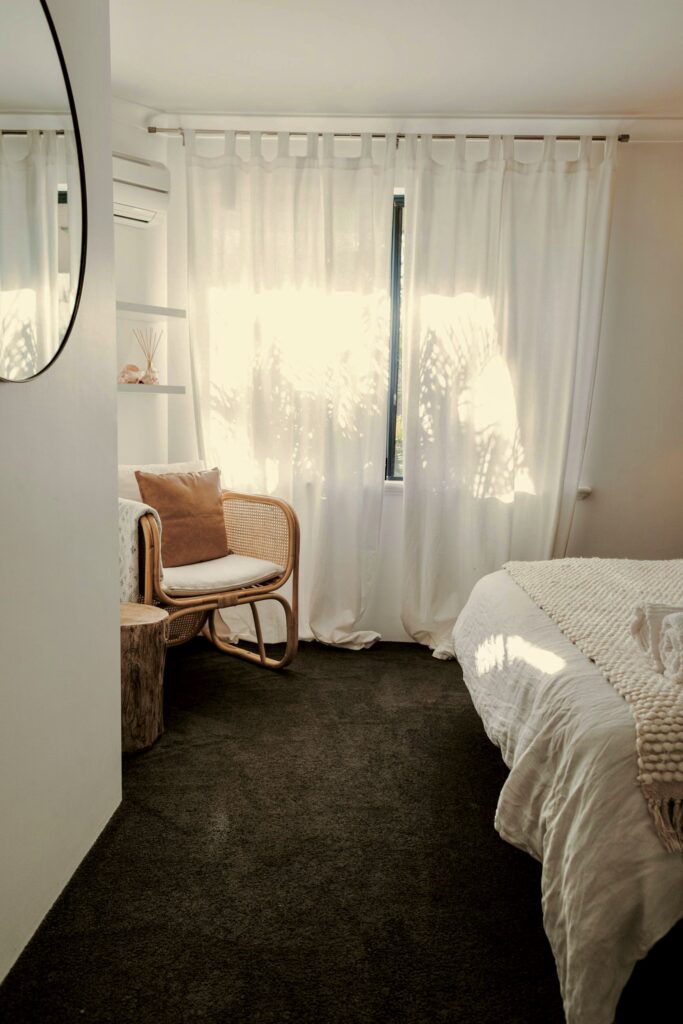
Through the process of “repair” I have been able to reopen the door and enter my childhood again, recognizing I have the choice to experience the story of me being left in my childhood room and now that I am an adult, I can be that adult re-enters, and takes my hand as we navigate those BIG FEELINGS I was having why I was left alone.
I Was In Constant Need of Repairing
I believe that I was a sensitive child. I also felt that there was a lot going on in my household while I was young. My mother had four children after having me, so there was often a new baby brought home. That pattern continued until I was 10.
My mother worked in our home. She cared for each one of us. She served on the PTA at times. She was active in her leadership positions at our church. One of her hobbies was cutting hair. Often, she pulled the garbage can out of the kitchen cupboard and pulled her worn out cardboard box of scissors and clippers out of the coat closet as she set up her personal salon right in our kitchen. She never charged for a cut. It was her way of keeping people “trimmed up” and it also gave her a half hour to connect with whomever was sitting on her barstool.
My mother loves art. She did art often in her own unique ways. She was often dreaming up the design for the next t-shirt for our family reunion, or cut-out cakes for a family member’s birthday.
When the schedule got a little too full, and my mind started to swirl with in the chaos of with a family of eight in one home, often my top would blow and I would end up yelling at my mom.
Kids let out emotions in a variety of different ways. My emotions seemed to stay at the surface until they didn’t, then I was loud! Really Loud! I wasn’t ever physical. I never remember hitting anyone or throwing objects. I only remember shouting out my annoyance at whatever was going on in the moment.
Then I was sent to my room.
And this happened often.
And I sat there alone.
so,
Let’s Talk About Repair
In Dr. Becky Kennedy’s groundbreaking work she describes repair better then I have heard anybody teach it. As I was trying to share the concepts about repair to my husband the other day, I pulled up her Ted Talk on YouTube and let him listen and come to his own conclusions about how repair could apply to what we were going through at the time we were watching it together.
In Dr. Becky’s book Good Inside, she shares that we are and never will get parenting right all of the time,
AND that’s ok. There’s a process later where we can reconnect and come back to the conflict when both parties are more calm. “The key element of connection after disconnection…When we return to a moment that felt bad and add connection and emotional safety, we actually change the memory in the body.” 1
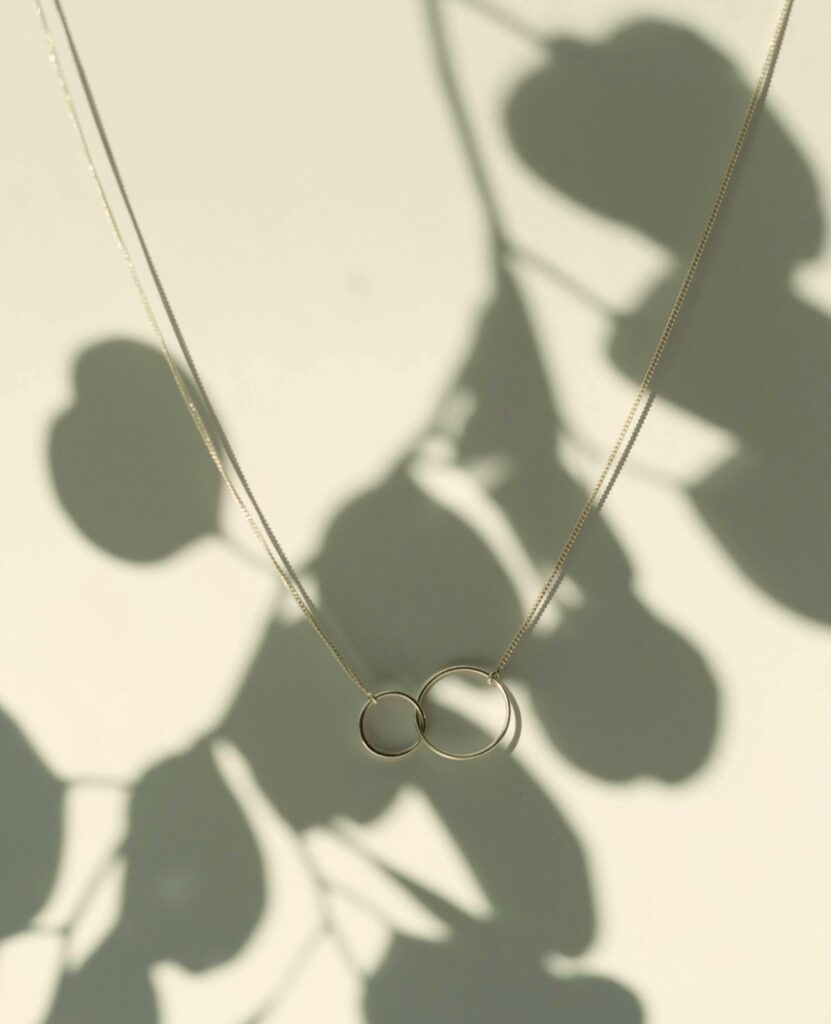
And here is the amazing thing about the reconnection. The body doesn’t understand a timeline. “Repair can happen ten minutes after a blowup, ten days later, or ten years later. Never ever doubt the power of repair—every time you go back to your child, you allow him to rewire, to rewrite the ending of the story so it concludes in connection and understanding, rather than aloneness and fear.” 1
The ability to “rewire”, and develop new patterns in the brain is explained by the science of neuroplasticity. It allows a person to change and adapt too their environment.
To really understand why repair is important, we need to understand attachment.
A Brief Intro Into Attachment
The first time I understood about the power of attachment at a cognitive level was when I was reading The Body Keeps the Score by Bessel van der Kolk.
In his book he describes what rupture is in a simple-visual way. Can you imagine a mother holding a child on her lap, with his face turned to hers, they are interacting and laughing together and having a good time. In this moment both were feeling connection. Both are engaged and feeling the safety of each other’s presence. In a naturally developing child, moments like this are where secure attachment is formed.
Then imagine the child pulls mom’s hair, it was to quick and strong for her to react to. Mom yells “Ouch”, as she turns her head away from her son.
The reaction of the child is a visual one. His facial expression changes, lips no longer open in a wide smile. He looks at mom, she doesn’t return her gaze right away. He even covers his eyes, to hide himself from a mother that is hurting. He waits, the energy in his body deflates until mom’s gaze returns. (This exchange simply gives the example of a rupture. Something is wrong and there was a disconnect from the interaction full of connection.)
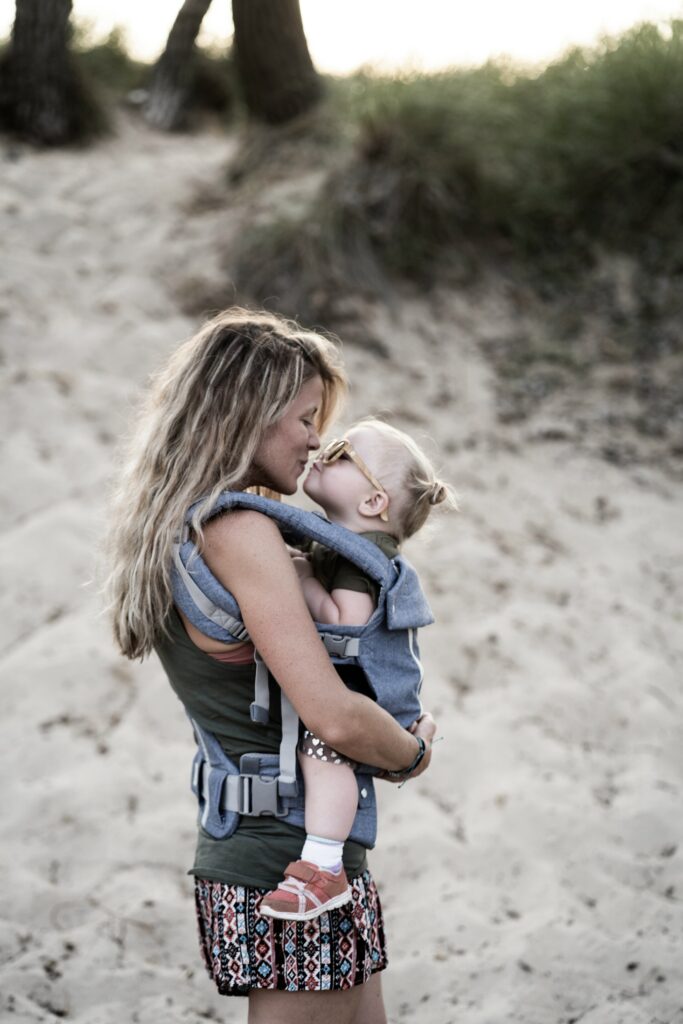
Mother, realizing what has happened, is causing her child to feel bad looks at him again and smiles and starts tickling his belly. He begins to laugh again. (This is a small example of repair.)
And within this small repair the connection is formed again. Interactions like this one are deposits into the healthy attachment bank. It is a simple equation—when the connection breaks, a parents more regularly then not, finds a way to connect with the child again.
Even when things get off track, we can return, (when we are calm enough to be with them the person again). At the right time, we can speak what about what we felt during that experience. We can share our truth (i.e. “That really hurt.”) and ask if we can do it better next time, then move forward with the day.

Why is Healthy Attachment Beneficial?
Again, from The Body Keeps The Score:
“Securely attached children learn what makes them feel good; they discover what makes them (and others) feel bad, and they acquire a sense of agency: that their actions can change how they feel and how others respond.
‘Securely attached kids learn the difference between situations they can control and situation where they need help. They learn that they can play an active role when faced with difficult situations. In contrast, children with histories of abuse and neglect learn that their terror, pleading, and crying do not register with their caregiver. Nothing they can do or say stops the beating or brings attention and help. In effect they’re being conditioned to give up when they face challenges later in life.”2
According to his research, Dr. van der Kolk explains that healthy early attachment makes it more probable for a person to live life with resiliency. A person that is resilient handles life stressors in a different way, trusting that help is on the way! Or they know they can make things better, through the skills that I internally have acquired.
This is a generalized statement, but I believe, when there are times that we feel alone, or hurt–we need to (for our own well being) learn the principal of repair!
It has to be something that we are thoughtful about. And the practice of repair takes just that—PRACTICE!
The next section offers an example, and a step by step guide on the Practice of Repair!
Basics of Repair
The story that I share in this YouTube video that I created describe how without repair happening in my childhood, it has affected my adult life.
The reality is: I don’t have a mom, that I live with now, to help me through some of my immature reactions. So I NOW need to be the adult that repairs with myself, and in order to do so, I need to have the basic skill of repair.
I share my process of repair with myself in this personal story:
If you simply would like to know the steps of repair I resource an expert here:
This is an example of a parent repairing with their child:
“Say your sorry, and share your reflections with your child—restating your memory of what had happened, so your kid knows it wasn’t all in his head—and then say what you wish you had done differently and what you plan to do differently now and in the future.
‘It’s important to take ownership over your role.” 1
The example that I paraphrased above (from The Body Keeps the Score) was a perfect repair through body language and reengagement seeing that the child was very young.
If I was going to repair with a child that had more language skills, I might say:
“Son, I’m sorry that I yelled when you pulled my hair—it really hurt. That must have been scary for you to hear me yell. We were playing a little to wild for the both of us! I’m okay, are you ok? It was an accident, and we were only playing.”
“When your child sees you as a work in progress, he learns that he, too, can learn from his struggles and take responsibility when he acts in a way he isn’t proud of.” 3
In this last quotation Dr. Becky describes repair as a gift offering, admitting that parents don’t always react in the “right” way, but we’re still in the process of learning and trying. It is ok to still be in the process of becoming, and not have it all right!
Back to My Experience With My Yelling
When I was a young child, I often reacted with yelling out loud about what was going on in the home at the time.
And as a young child, I never felt like my experience was validated. There was never a parent that said, “Yeah, maybe we did plan to much to do tonight.” My perception was: there was a lot going on in my home that was beyond my control and that was very challenging for me.
With this lack of validation I didn’t know, (and I still don’t know) if what I was experiencing was similar to what other’s were experiencing in my home. With this lack of interaction, at the end of my “time outs”, in my room, I left not knowing if I was safe to be myself in my own home. I interpret this now as a state of isolation, living on an island, in the midst of my family, not knowing if I should or could trust my own experiences.
I work with a story work coach now, as I am working to repair the experiences when I was laying on my bed in trouble, in my bedroom. He or she (depending who i’m working with) bring into view what they see in my personal story, giving me the validation that I need, resulting in feeling not stranded on a lack of connection island all alone.
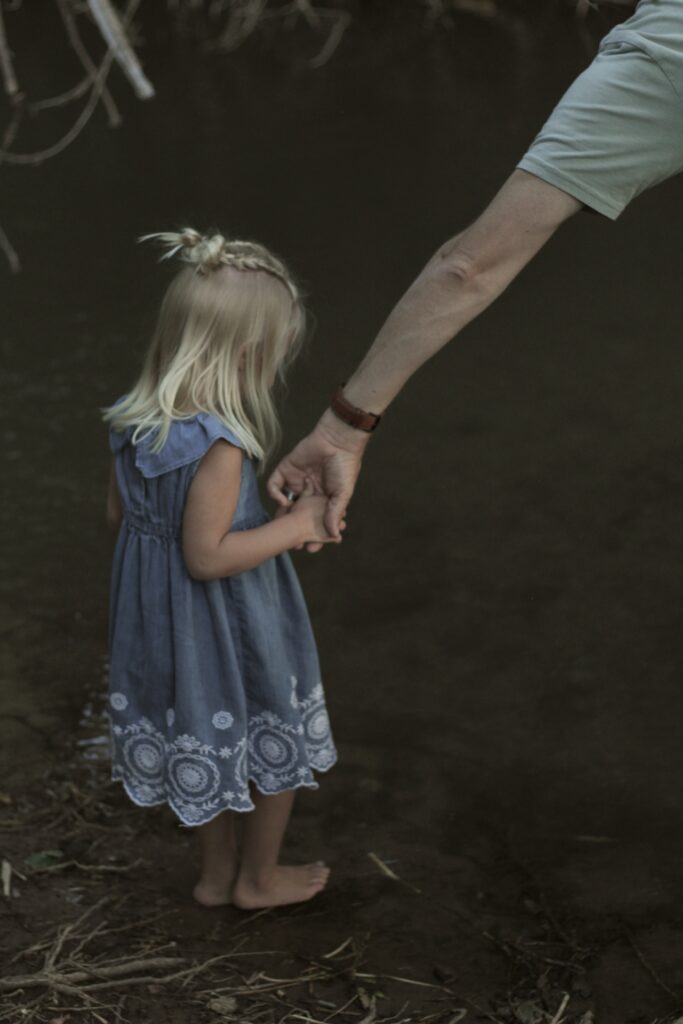
This is why I share parts of my story with you. I truly believe, as one who struggles with chronic illness and chronic pain that my condition can be improved as I start to understand my personal experiences differently and revisit them with a new outlook.
What if I am the one who gets to open the door to return to my younger self, tell the truth, apologize and forgive myself for yelling so much. And also acknowledge why I reacted in the ways that I did.
Why would I take the time to do so?
I would like to have more phycological resiliency. When I overdo it physically, I would like to see my body bounce back; the result being physical resiliency.
I believe that returning and psychologically repairing with myself is a radical act of self love!
Remember Dr. Becky’s wise words, from neuro-backed research, stated earlier in this post: “When we return to a moment that felt bad and add connection and emotional safety, we actually change the memory in the body.”
This neurological science gives me I hope for a change in my body!!!
I Invite You
Because I believe that remembering and returning to our personal stories is a key to healing a chronic condition, I would love to hear from you.
Was there a time in your childhood that you should have had an adult come and help you out of a sad situation and no one came?
Through story and through offering my humanness I offer this gift of connecting through our pain. I also believe that healing is possible.
Love,

Sources
Photos from my camera and Pexels.com
- Kennedy, Becky PHD, Good Inside: A Guide to Becoming the Parent You Want To Be, New York, HarperCollins, 2022, pg. 58[↩][↩][↩]
- van der Kolk, Bessel M.D. The Body Keeps the Score: Brain, Mind, and Body In the Healing of Trauma, New York, New York, Penguin Books, 2014, pg.115[↩]
- Kennedy, Becky PHD, Good Inside: A Guide to Becoming the Parent You Want To Be, New York, HarperCollins, 2022, pg. 59[↩]
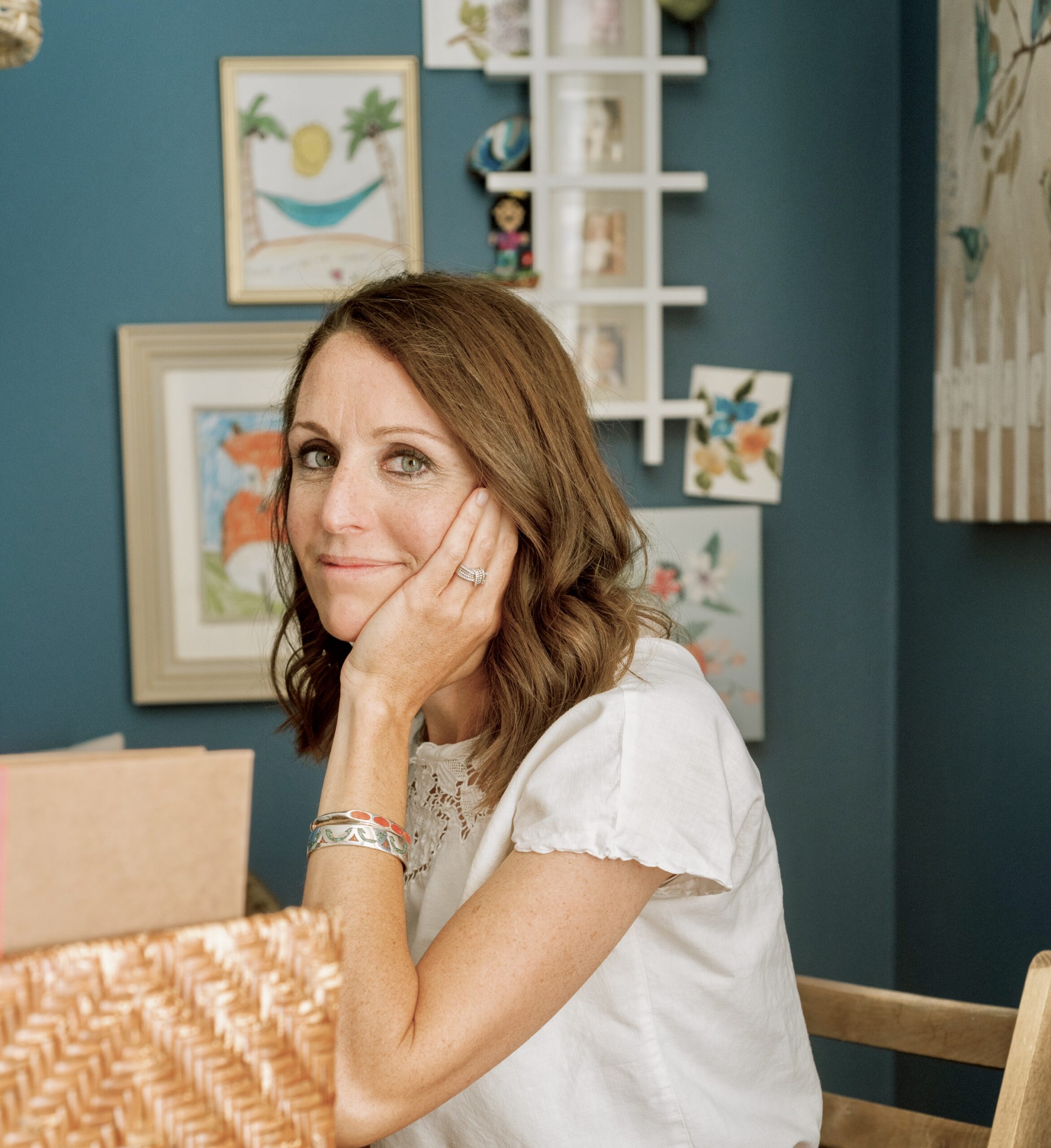
Leave a Reply Cancel reply
© roots and truth | All rights reserved | Site design by linsey rhyne co.